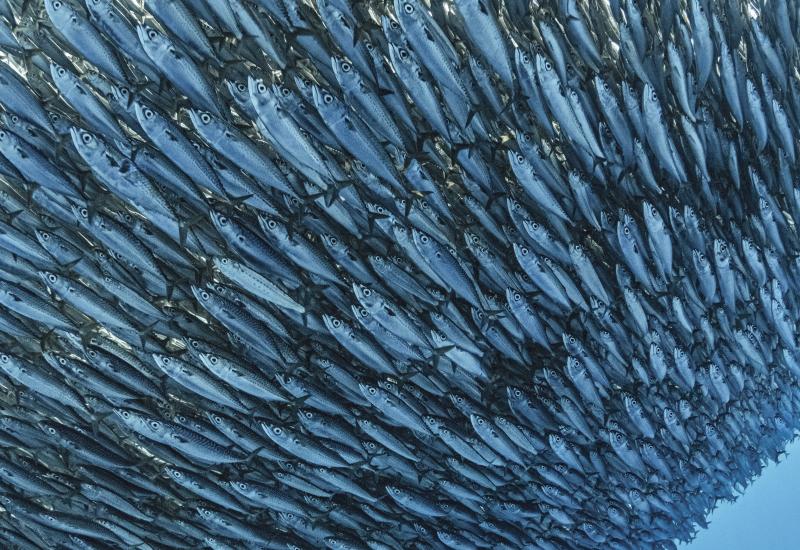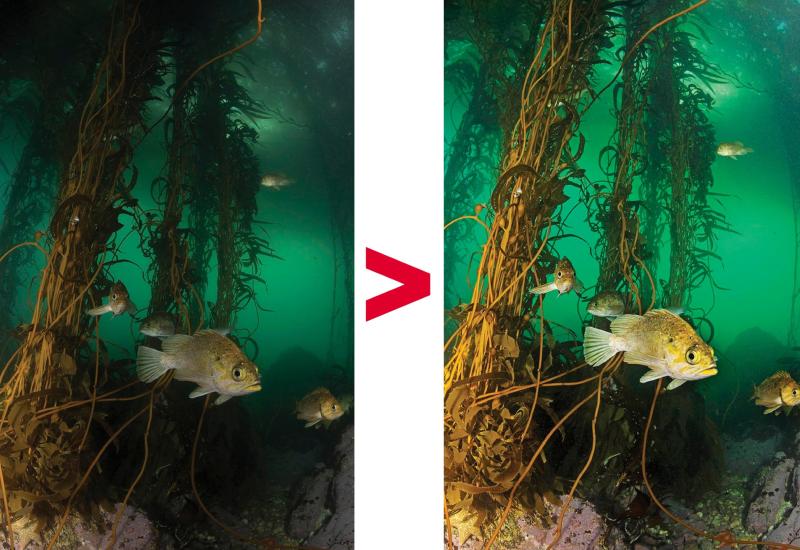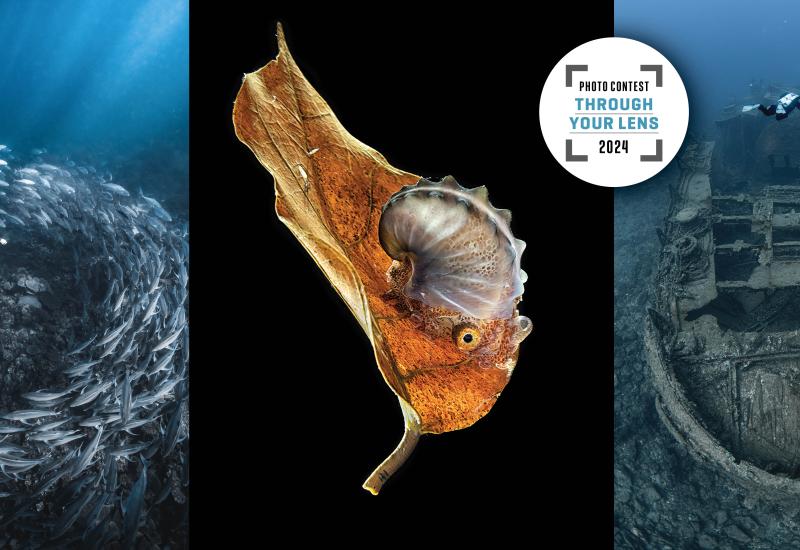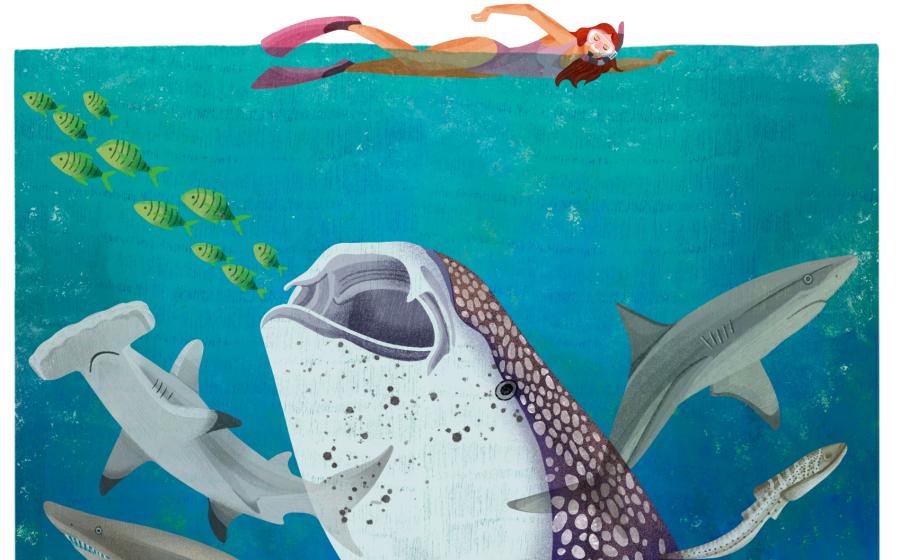Tips for Taking Great Photos in Indonesia's Lembeh Strait
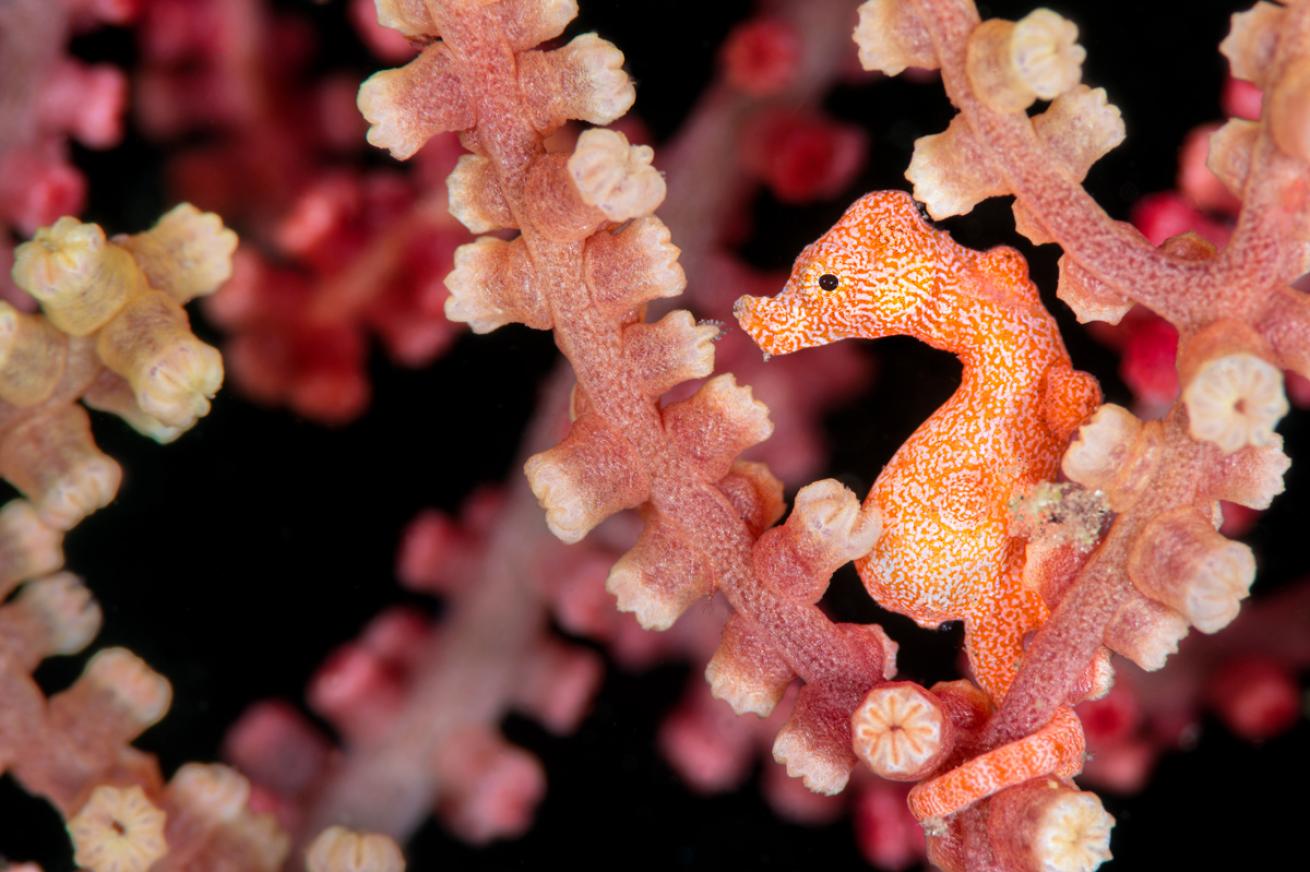
Alex MustardThe best backgrounds are often found behind subjects living up off the seabed, or in association with another species.
Indonesia’s Lembeh Strait is a narrow, 10-mile stretch of sheltered water between North Sulawesi and Lembeh Island. This slither of ocean is a true mecca for those who appreciate the smaller things in life. Despite its tropical location and celebrated status, Lembeh is not a classic coral reef vacation destination. The waters may be warm and calm, but they are certainly not crystal blue. On quite a few sites there might be a smattering of litter floating on the surface, and the seabed scenery is often only black sand and mud. While the stage is threadbare, the stars of the show are very much A-listers.
Tip 1: Guide To Guides
Diving in Lembeh involves very small groups led by eagle-eyed local guides. Briefings are usually simple; listing all the critters that are expected takes much longer. The first step to success is making the most of this unique style of diving. Experienced photographers tend to stick to their guides like glue, as the easiest place to find the mimic octopus, hairy frogfish or ornate ghost pipefish, is right at the end of your guide’s pointer!
If you dive well and don’t wander off, the guide can focus on spotting, not running around after you.
Tell your guide what you hope to see and how long you want to spend with each subject. Explain that you might not shoot everything, but want to be shown things to decide what to shoot. Otherwise, if you don’t snap the first awkwardly positioned frogfish, they might take you for a frogfish-phobe and stop pointing them out. Many of us find it easier just to take a courtesy photo to show your guide you appreciate their eye, even when the setup is not conducive. If you want longer with a subject, let other divers in first. Remember, everyone has equal rights to the subject, even if they have no camera at all.
Guides are only trying to please us, but occasionally, they can go too far when trying to rustle up subjects. Tell them predive that you don’t want them forcing subjects into positions and that you’re happy to skip a subject, rather than harass it. If a guide is pushing the limit, it is your responsibility to stop it.
Tip 2: Don’t Muck Things Up
The silty sediments of Lembeh cause backscatter, amplified many times over by a careless diver. Overweighted divers constantly kick their fins to keep off the bottom, creating an explosion of silt. When shooting, stay in a slightly head-down position to avoid silting the bottom.
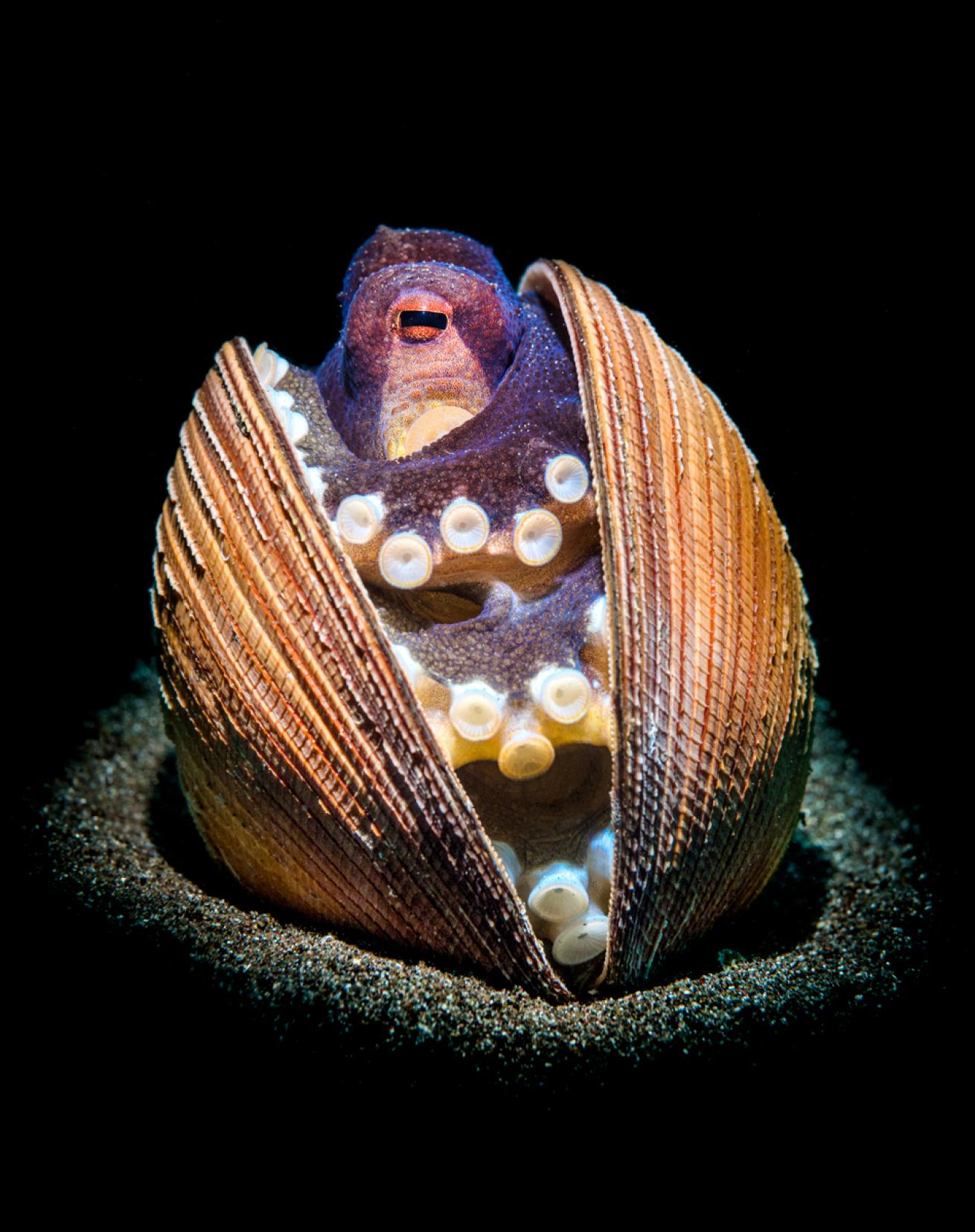
Alex MustardLembeh has amazing subjects and poor backgrounds. Here, a snoot was used to isolatetheoctopus.
With most animals living on the seabed, you need to maneuver in close when shooting. Many photographers like using a muck stick on these dives, which is a footlong metal rod that can be pushed into the sand for a steady handhold. It also helps you lift off again without creating a dust storm.
Muck makes for messy and distracting backgrounds. The sand isn’t just one dark hue. It is flecked with grains and pebbles of every color. The main challenge is to keep this from ruining the photo. The simplest solution is to find a subject that lives above the seabed and can be framed against open water. Shoot with a fast shutter speed to create a clean black background. As a variation, you can also slow down your shutter speed and boost ISO to allow the ambient light to come in and produce a blue background.
Many critters live on other critters. Crabs and shrimps make their homes on all sorts of other invertebrates, which can make excellent backgrounds and allow you to keep the muck out of frame.
However, the majority of Lembeh’s star attractions are in the sand, so you can’t avoid the muck problem forever. When any background is farther away from the subject it will be less focused, less lit and less distracting. Three factors make all the difference: getting the camera as low as possible, getting as close to the subject as you can and opening the aperture. You can also deemphasize the distracting sand with lighting techniques like inward lighting and snooted strobes.
In Lembeh, you can be pretty sure there will be another wonder subject just around the corner, so invest your effort into subjects that are in good positions. The biggest mistake is obsessing about a subject’s rarity, rather than how it is posed for an eye-catching composition.


